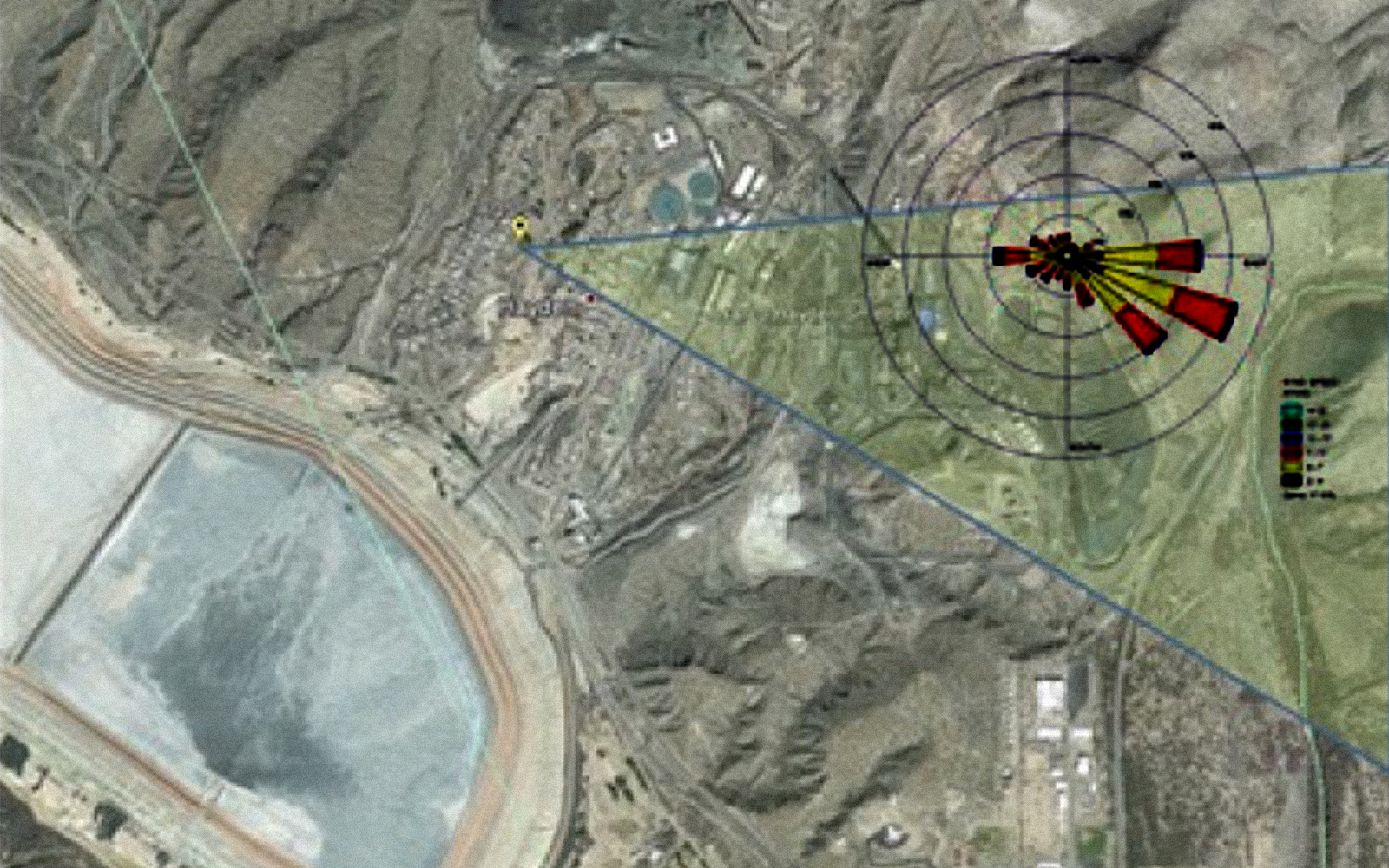Development of an Innovative Method to Target Likely Non-compliers

Project Brief
The Challenge
Industrial pollutants released into ambient air are controlled under the Clean Air Act. The U.S. Environmental Protection Agency and states give each emitting facility a permit specifying what types and amounts of pollutants it may release.
However, the agencies often require facilities (other than power plants) to monitor their emissions only occasionally—for example, once a year. The lack of emissions data makes it difficult for EPA to know whether a facility is in compliance with permit limits. Identifying non-compliers has been a perpetual challenge since the Clean Air Act passed.
ERG's Solution
Drawing on our broad experience with point source emissions, ambient air quality, and meteorological data, we helped the Agency develop an innovative risk-based method to identify facilities whose emissions may be exceeding permit limits. First, we use data from local, state, or EPA ambient air monitors to identify "hot spots" with unusually high concentrations of pollutants. Then we use meteorological data to target local facilities whose emissions may contribute to these hot spots. Finally, we use emissions data and modeling tools to determine if the targeted facilities' emissions could indeed be responsible.
Since its development a few years ago, the method has helped EPA increase compliance assurance by targeting likely non-compliers for inspection.
Client
U.S. Environmental Protection Agency